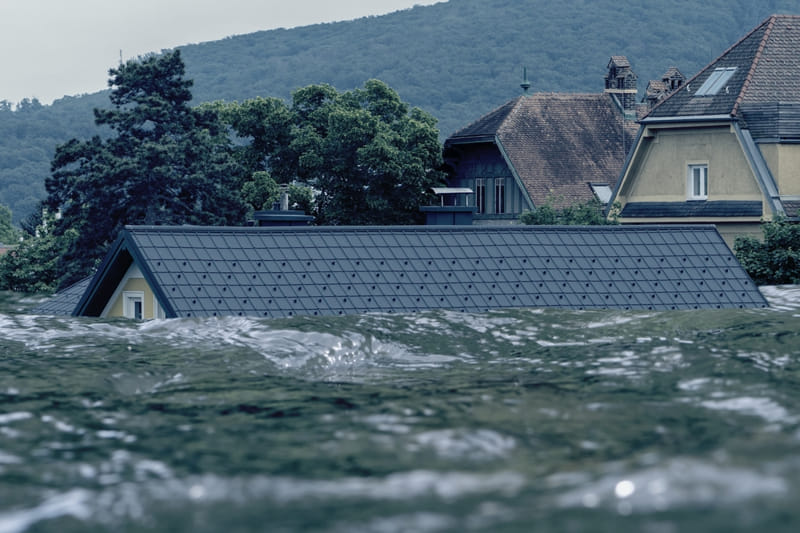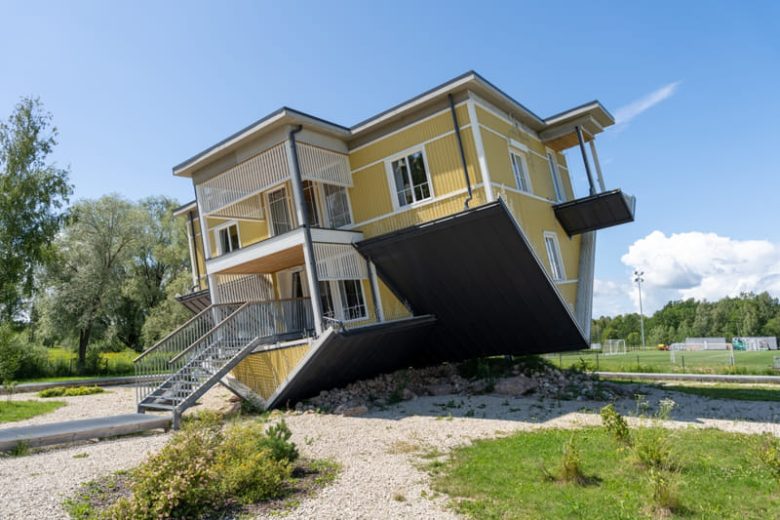Not every home fits into a typical insurance form. Some have unusual features, rare building materials, or are located in places that make insurers pause. If your home doesn’t meet the usual expectations, a standard policy may not give you the protection you truly need.
If your property is out of the ordinary, you might want to know what makes it that way in the eyes of insurers. Keep reading to see if this type of cover applies to you and how it works.
Understanding the Basics
Non-standard home insurance covers properties that fall outside the common building types or usage patterns that insurers usually expect. It’s not about the value of the home but the risk profile that makes it different.
Insurers consider how likely it is that a claim will be made and how much that claim could cost. Homes that need non standard insurance often have features that could complicate repairs or increase the chances of damage. That could mean timber-framed construction, a flat roof, or even being in a flood-prone location.
Who Might Need It?

If your home doesn’t meet an insurer’s definition of standard, you’ll likely be asked to take out a policy that suits its specific conditions. These homes might include listed buildings, converted barns, or homes left empty for long periods. It can also apply if your property is used in a way that changes its risk, like renting it out or running a business from it.
Key Differences from Standard Policies
These policies are tailored to deal with risks that fall outside the scope of typical insurance. While standard insurance may be quick to arrange and usually cheaper, it can leave gaps if the home isn’t covered properly.
Insurers offering non-standard policies may ask more questions, request surveys, or require extra documents. This helps them understand the property better and offer accurate cover.
What’s Covered and What’s Not

What’s included in a non-standard policy depends on the provider, but it usually still covers major risks like fire, theft, and storm damage. Where it differs is how it handles the materials, location, or usage of the building. For example, a home near a river might need more detailed flood cover.
Why This Matters
If you live in or plan to buy a property that doesn’t follow the usual rules, getting the right insurance is important. Having the wrong cover could leave you exposed if something goes wrong.
In some cases, you might even find that your mortgage provider requires proof of appropriate insurance before agreeing to the loan. Getting the right fit now could save you from a difficult claims process later.
Conclusion
When a home is different, your cover should be too. If anything about your property makes it stand out, it’s worth checking whether non standard insurance is the right option. Don’t wait until a problem reveals a gap. Sort it early and keep your home protected.

